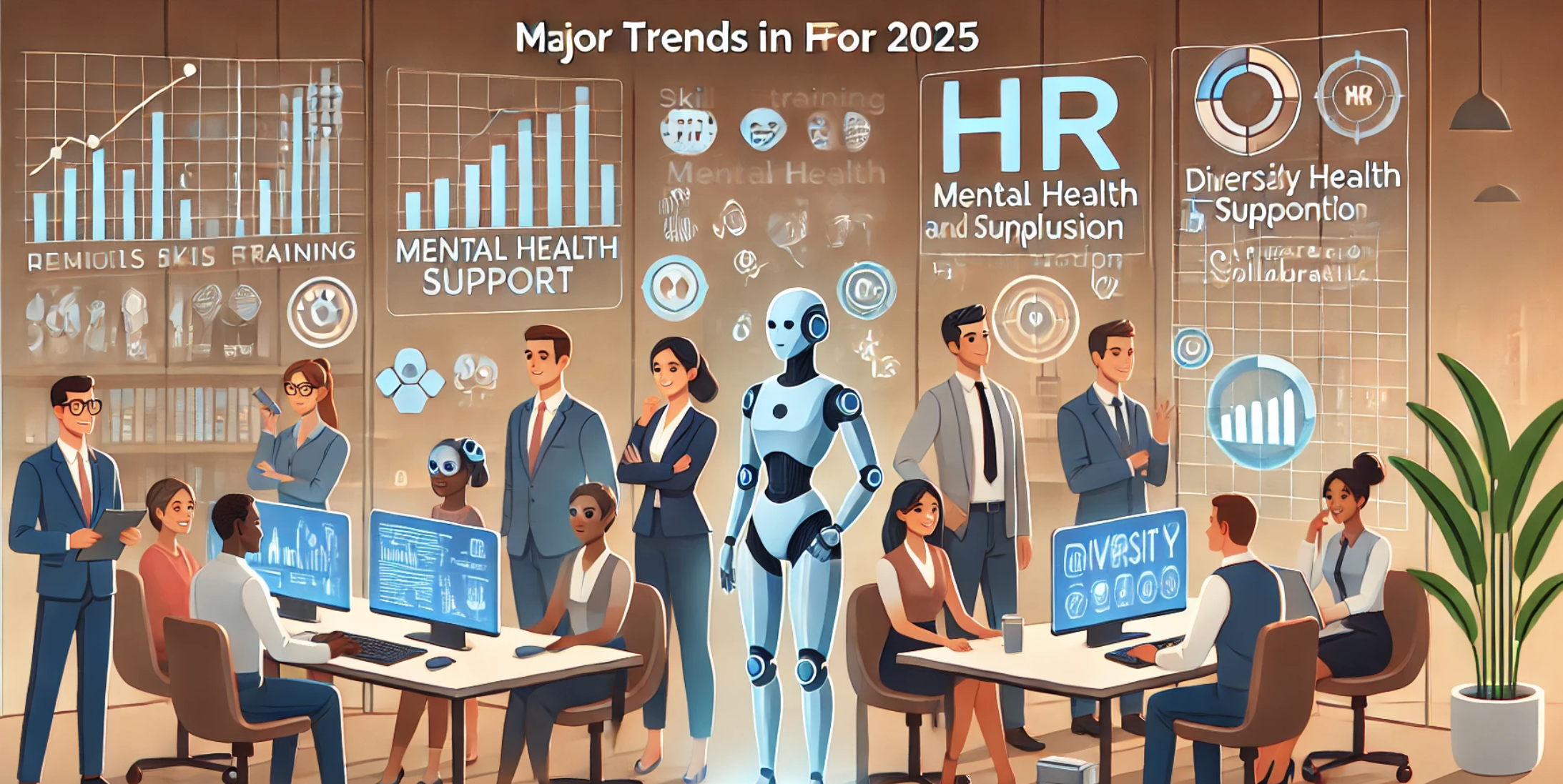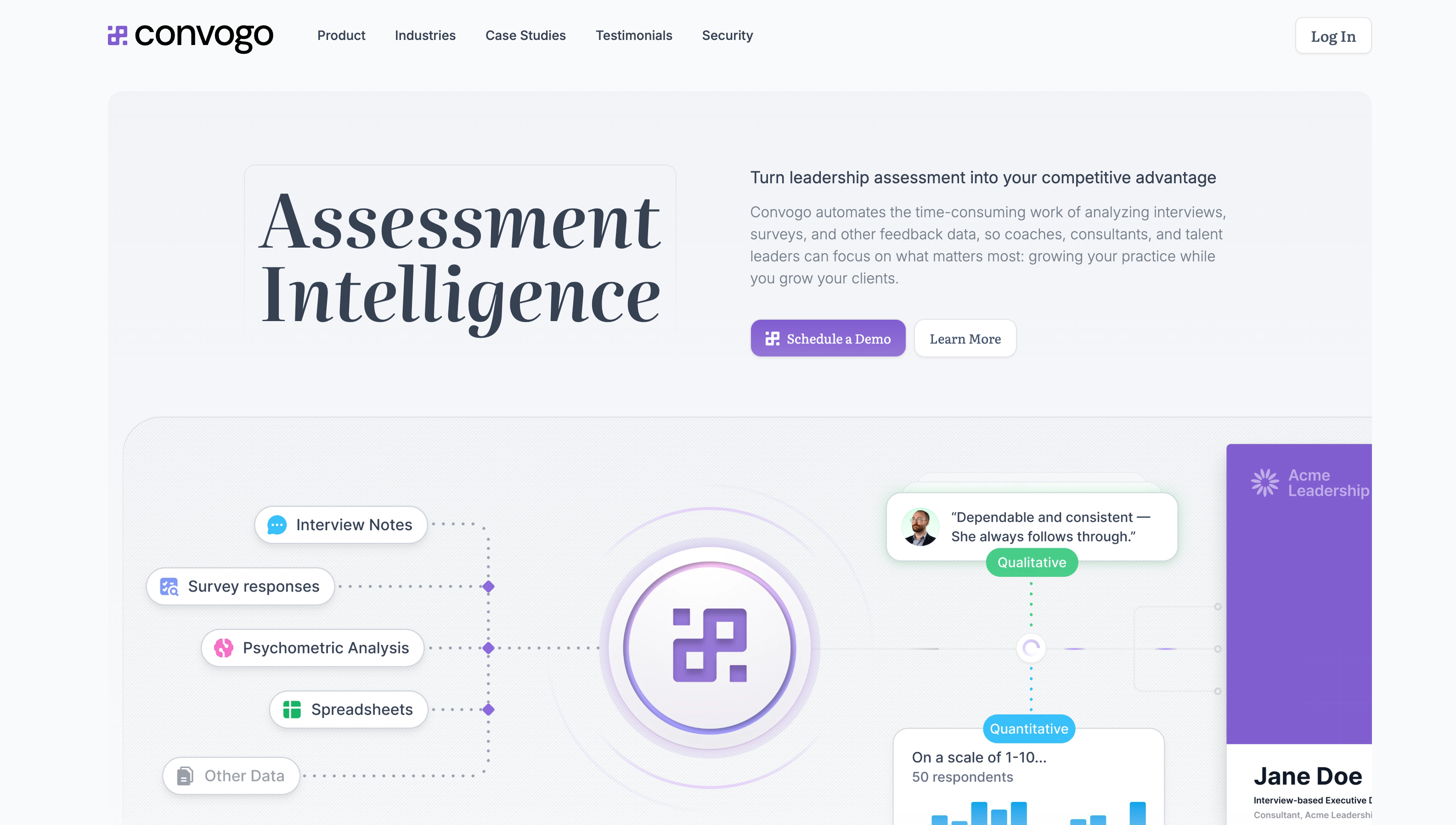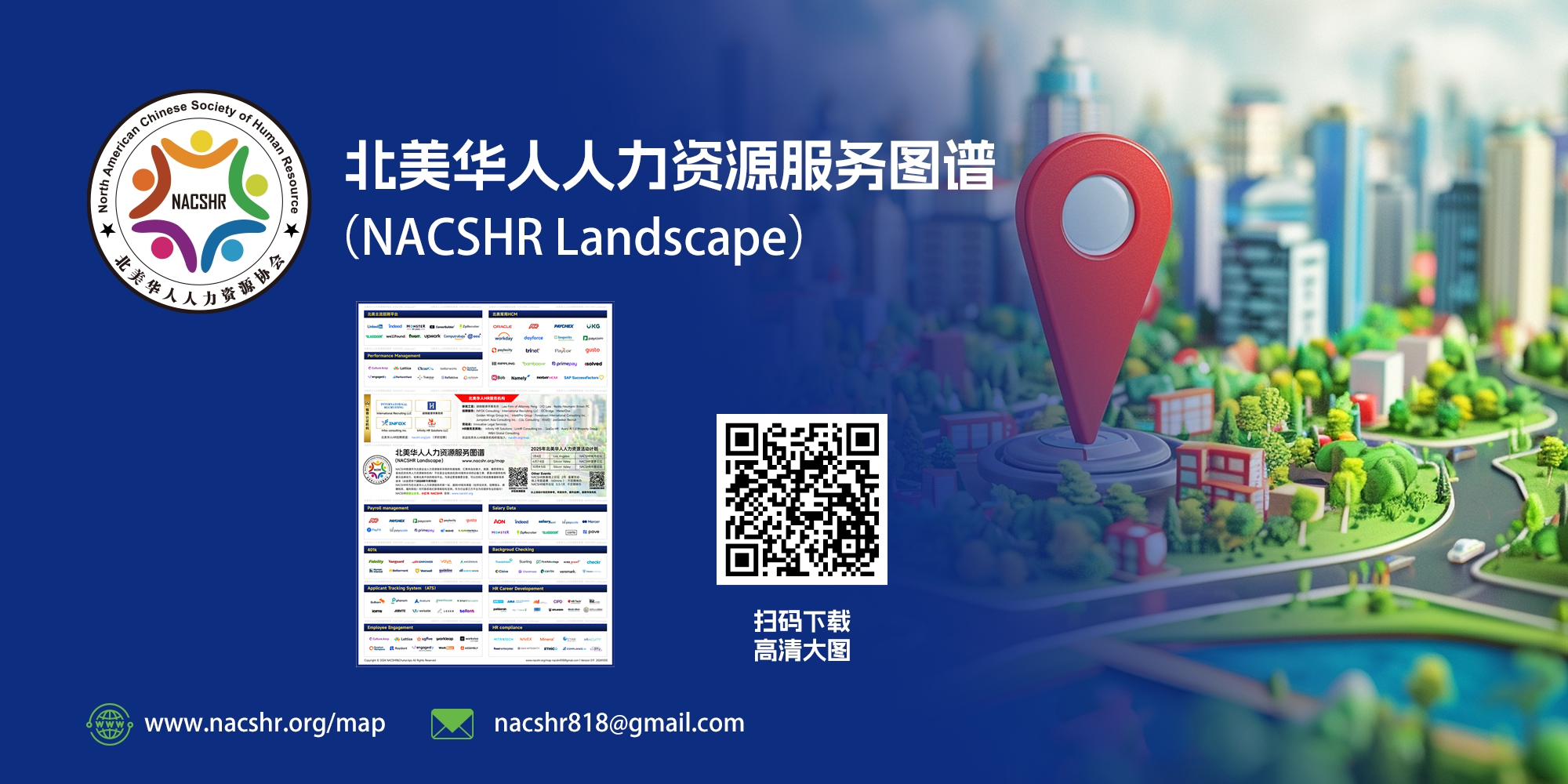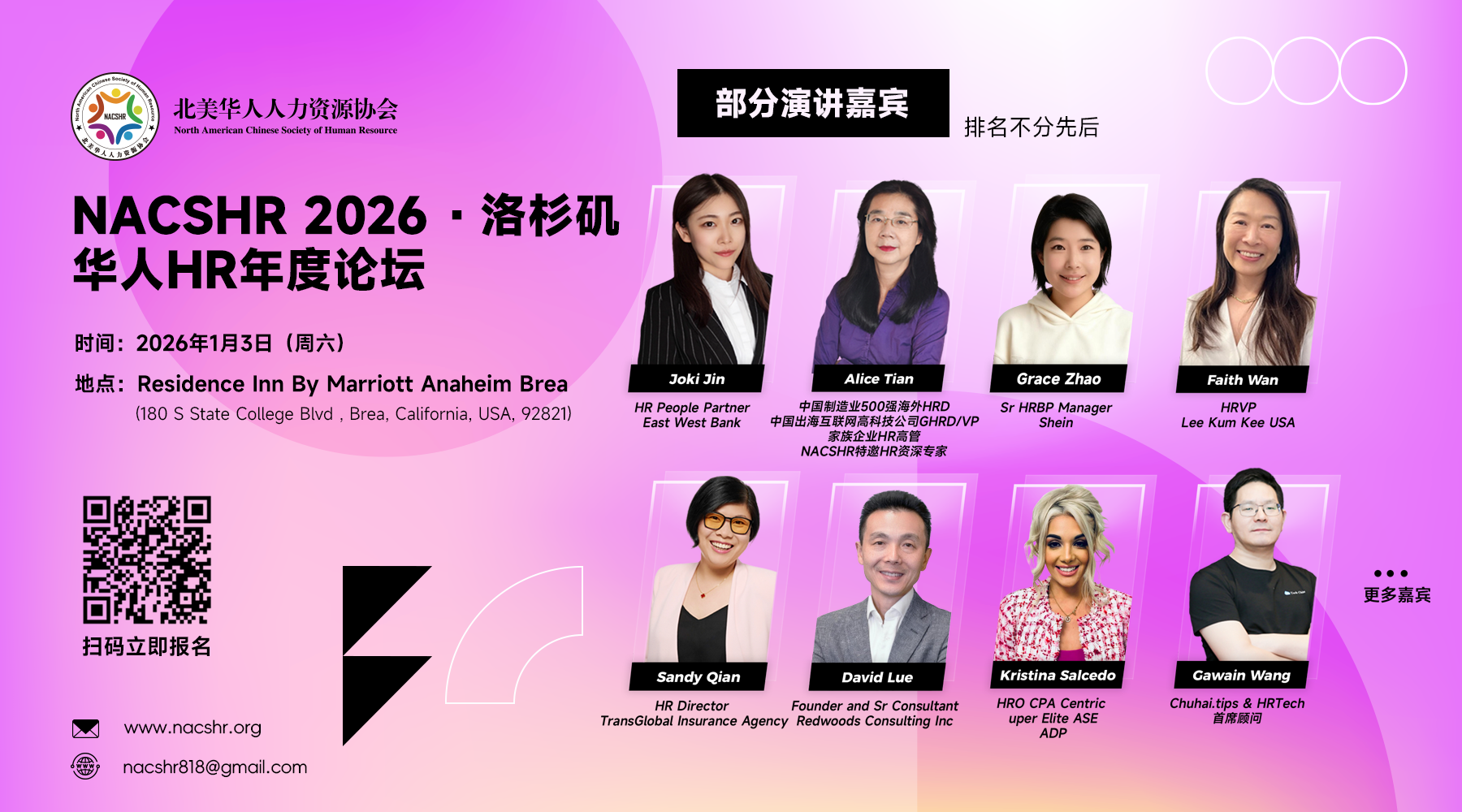2025 年,数字员工和人工智能助理的崛起将彻底改变人力资源运营,改变招聘、数据分析和员工管理等任务。 这些技术包括数字双胞胎和智能代理,它们将与人类专业人员一起工作,以提高生产力和优化工作流程。 随着人工智能工具成为日常业务不可或缺的一部分,人力资源领导者必须拥抱这些创新,同时继续关注技能培训、心理健康和包容性工作环境。 向人工智能的转变还将重塑团队动态,这对人力资源部门重新设计角色和流程以保持竞争力提出了挑战。

I recently heard Elon Musk predict that every citizen would have multiple Optimus robots in their homes within five years. And while I often ignore his predictions because they’re exaggerated, I think he’s on to something. We are about to witness an explosion of Digital Employees in our companies, and these may be the “robots” we’ve heard about for years.
Let me explain. This week I talked with dozens of vendors and clients at Unleash and then visited our development partner Sana Labs in Stockholm. It’s now clear that we’re going to be working with multitudes of “digital employees” in the year ahead.
(And as Dario Amodei, the founder of Anthropic explains,
AI can do many more positive things in business, science, and health than we ever imagined.)
By “digital employee” I mean a software powered agent that can talk with us, answer detailed questions, solve complex analytic problems, and navigate a multitude of systems. ChatGPT and its peers, which introduced the idea of an agent, has now spawned dozens of “agentic” use cases, which I’d be willing to refer to as personalities.
Let me start with a “Digital Twin.” Imagine you have a superb customer service agent with years of experience helping your most demanding clients. If you load the last five years of their emails, coupled with all their internal documentation, and a log history of their last two years of service calls, you can essentially “create him or her” digitally with all the knowledge, style, and internal contacts this person has developed. This twin, which may look initially like an AI assistant, could then carry on this employee’s work when the real life worker is on vacation.
One of our clients, a large insurance company, has already built “digital twins” for claims processing. If you think about the complexity and workflow of processing a claim, much of it could be learned by an agent, making the “claims robot” an expert on this important process. And as you change claims rules and limits, the agent will learn new guidelines in only seconds.
Our AI assistant Galileo, a trained expert on HR (
Galileo is trained on 25 years of research and thousands of conversations with clients and vendors), is essentially a “digital twin” of me and the other analysts in our firm. I’m not saying Galileo is as fun to talk with as we are, but I can assure you that he (or she) is as knowledgeable and supportive. And Galileo is even smarter than I am: he has instant knowledge of skills models, compensation benchmarks, turnover statistics, and other data bases which I can only access by looking them up on demand.
And using the Sana platform we can configure Galileo to have multiple personalities. Galileo the “Recruitment Agent” might have in-depth knowledge of screening, interviewing, and candidate skills assessment and he may have direct linkage to SeekOut, Eightfold, or any other sourcing applications. In his candidate facing personality he may be able to answer candidate questions, explain shift schedules, and “sell” the company to top job candidates. (This is what Paradox has done for years and vendors like Eightfold and LinkedIn are launching now.)
But there’s more. Imagine that this “digital twin” or “digital employee” has intimate knowledge of Workday, SuccessFactors, or a variety of other systems. Now the assistant can not only answer questions and help solve problems, he can also process transactions, look things up, and run reports against multiple system. The digital employee has turned into a “digital analyst,” who can find things and do work for you, saving you hours of effort in your daily life. (Vee from Visier is designed for this.)
Suppose you ask your digital friend to attend meetings for you, participate in conversations on certain topics, and alert you in real time when urgent issues come up for discussion. He could help you scale your time, keep you informed about decisions you need to know about, and help you manage your action items. And the list goes on and on and on.
Best of all, what if your digital twin can talk to you. Suppose he “checks in” with you about the project you asked for help with last week, so you inform him how things are going and he gets “smarter” about what you may need next. Galileo does this today, prompting you to dig into a problem and explore areas you may not have considered. And if you ask him about management or people issues, he could give you advice and coaching, based on the leadership models or even CEO interviews in your own company. (BetterUp, Valence and others are working on this.)
This is not science fiction, my friends. All this is becoming reality and will certainly be common next year.
Every vendor has a slightly different focus. The Microsoft Copilot specializes in MS Office-related activities, ServiceNow’s focuses on internal service and support, Galileo is focused on the needs of HR, and Joule is an expert on all the functions of SAP. Each of these “digital employees” needs training, feedback, and connections to stay current and relevant. So it’s doubtful that one digital employee will do everything. (Training a digital employee means managing his or her corpus of information, which will be a major new role in HR.)
One thing is very clear: we are going to be living and working with these guys. And as we use them and see what they’re capable of, we’re going to redesign work. Little by little we’ll offload tasks, projects, and workflows. And as we do, we’ll get smarter and smarter about redesigning our teams.
I liken the process to that of a carpenter who gets a new multi-function power drill. Before the drill he may have manually drilled holes, carefully selecting the drill bit and the level of pressure based on wood density. Now he drills holes faster, more accurately, and with more precision. Soon he just speeds through the process, spending more time on cabinet fit, finish, or design.
The same thing will happen to our HR tasks, projects, and designs. And these new digital employees are programmable! So once we figure out what they’re capable of we can adjust them, customize them, and connect them together. Eventually we’ll have intelligent assistants that operate as entire applications. And that’s the threat to incumbent software companies – the agents hollow out many of our existing applications.
How Do Our Digital Employees Impact Our Own Work?
One more observation. Many a few of the clients I talked with kept asking “what about our softskills?” What work is truly human?
I think that’s the wrong question. Rather we should ask the opposite:
how much can I delegate to my new friends as fast as possible!
Have you been upset that your vacuum cleaner took away the rewarding human work of sweeping a floor? How much joy do you get from washing dishes? Did your dishwasher make you feel deflated when you stopped splashing around in the soapy water?
Of course not – these tools eliminated tasks we considered to be “drudgery.”
Well today, thanks to digital assistants, creating a pivot table to do cross-tab analysis has become drudgery. You can stop getting your hands wet with that task – ask Galileo or Copilot to analyze the data, and then ask him to chart it, add more data, and try new assumptions. The more we learn to use these new digital employees the more “drudgery” we can stop doing.
And consider complex “human-centered” activities like “change management.” A client asked me “how could Galileo help me with change management for our new HCM system?”
I answered her with dozens of ideas: ask Galileo for case studies of other companies and have it build a checklist to consider based on what other companies did. Then ask Galileo to build a training plan; ask it to read the user documentation and create a table of what features are new; then ask Galileo to rewrite that change plan by role. And finally ask Galileo to write a press release about success, craft some compelling communications to employees, and ask it to compute the ROI of all the steps eliminated.
These are all “manual” human tasks we do today and they take time and ingenuity to figure out. If you went through this process in Galileo you could ask your digital employee to save these steps and prompts in a “template,” and you have just taught your digital employee how to do change management. The next time you need him he can step you through the process.
As I started to explain this to my client I stopped and said: wait a minute. I can’t possibly show you everything Galileo can do.
You have to try it for yourself.
And that’s my big message. Don’t wait for a vendor to drop a finished solution in your lap. These are intelligent, trainable, digital experts. You have to get to know them so you can figure out where they fit in your job, your projects, and your company. Just like you do with any new hire.
I say it’s time to get started. No more sweeping floors or washing dishes by hand. Let’s meet our digital employees, tell them about our projects, and ask for their help. Step by step, day by day, we can redesign our jobs to be more more productive, liberating us to do greater things.





 扫一扫
添加客服
扫一扫
添加客服
